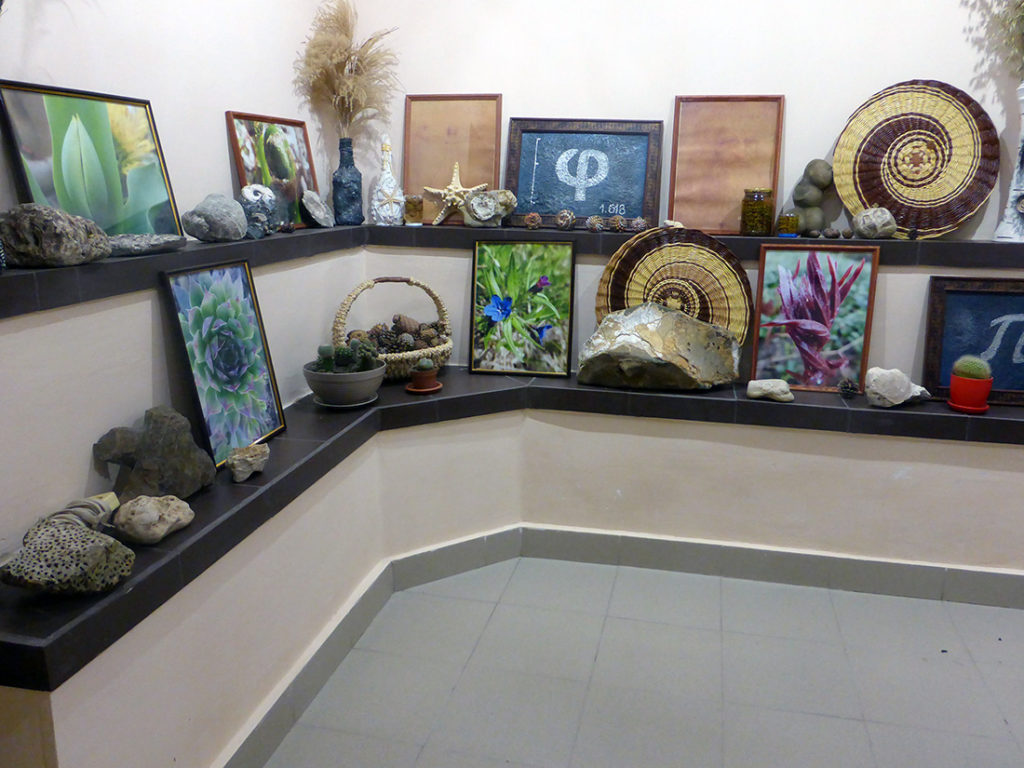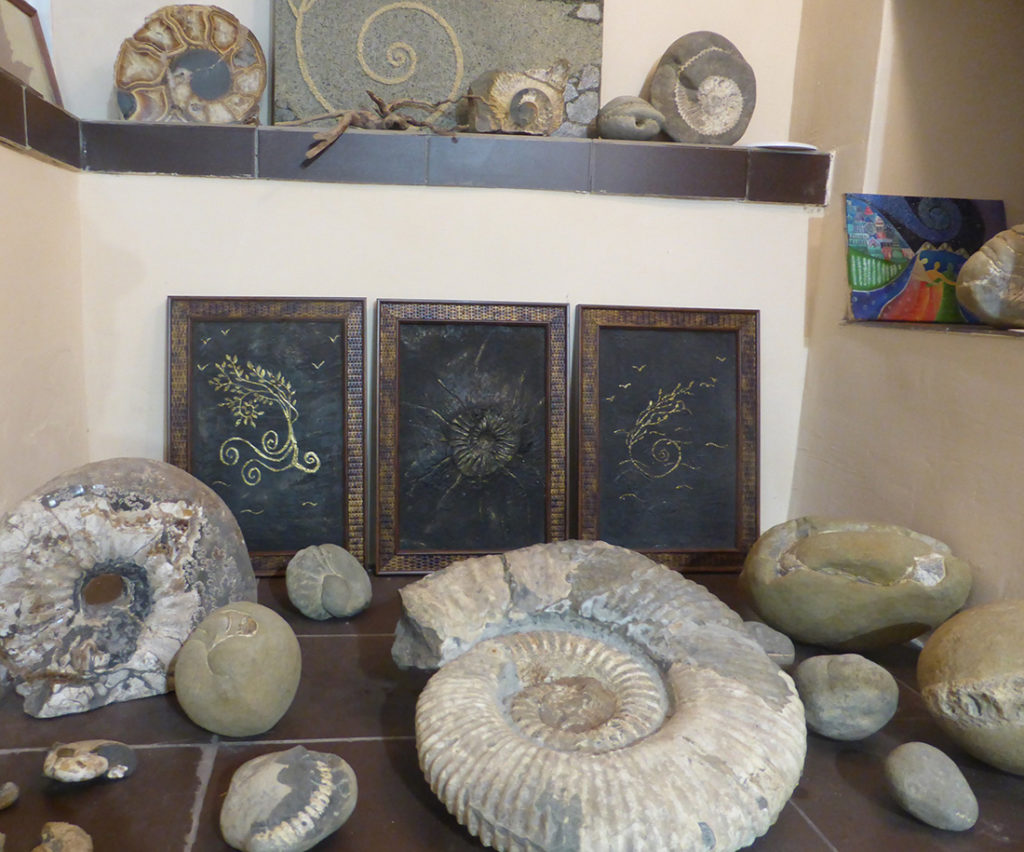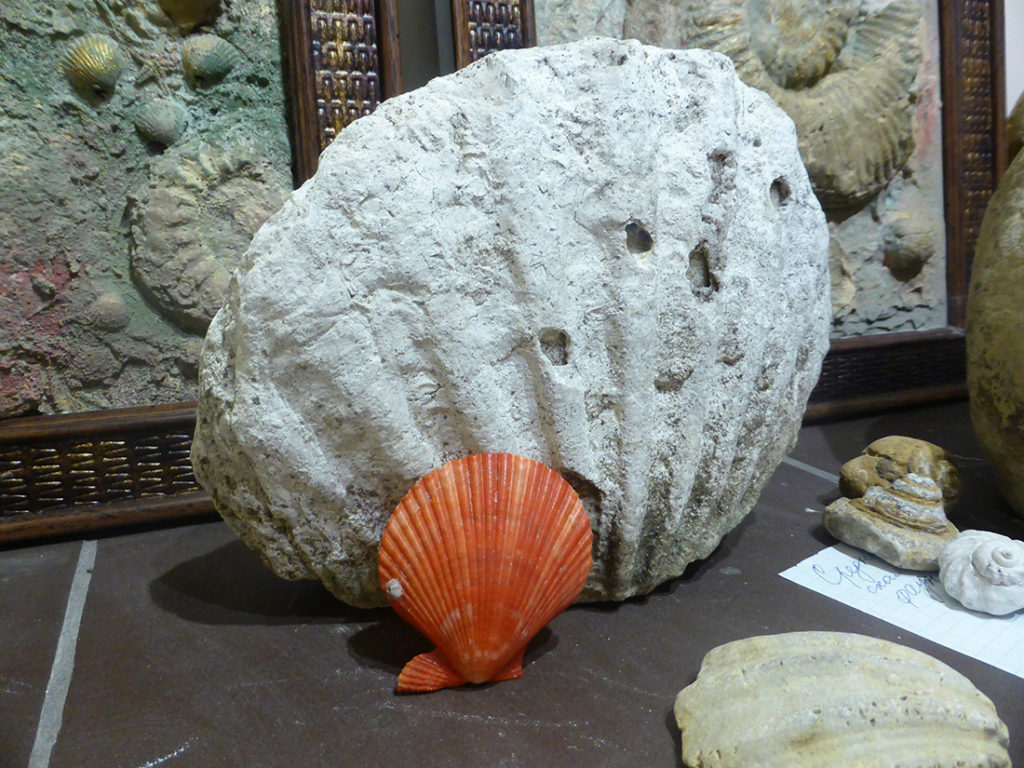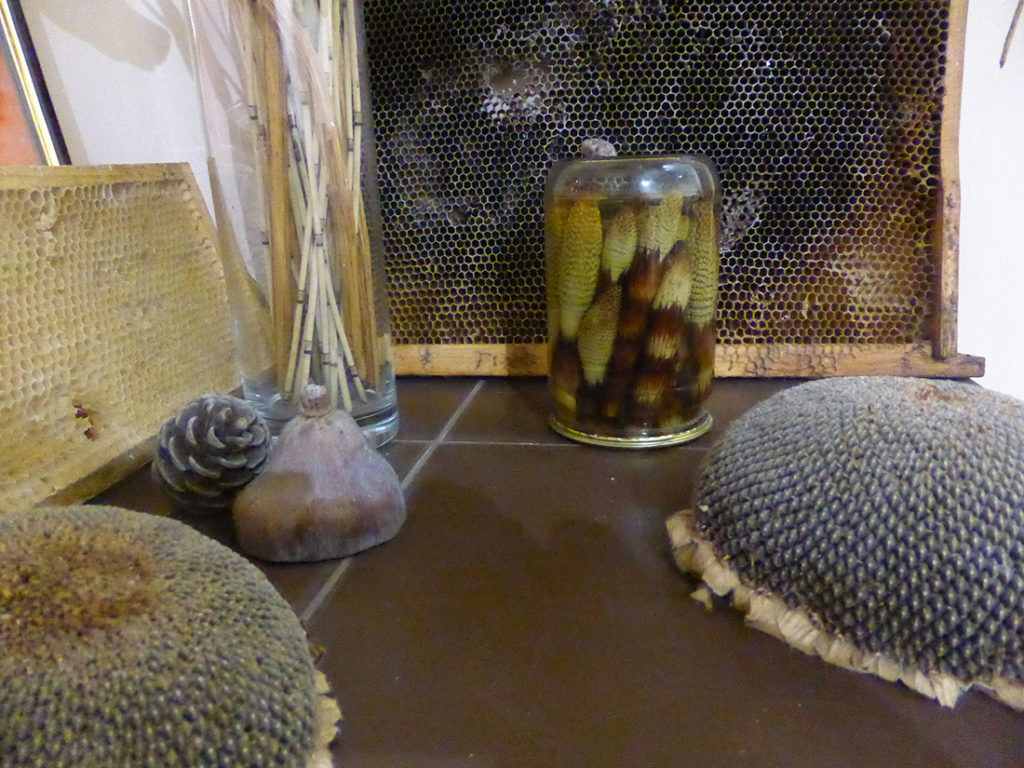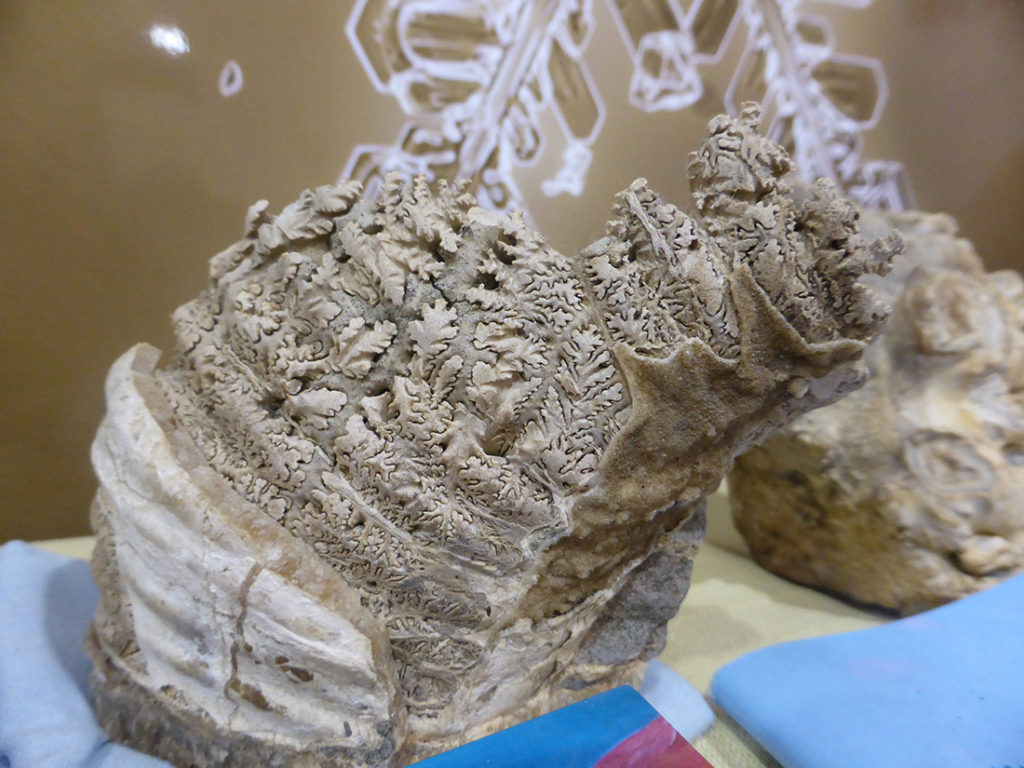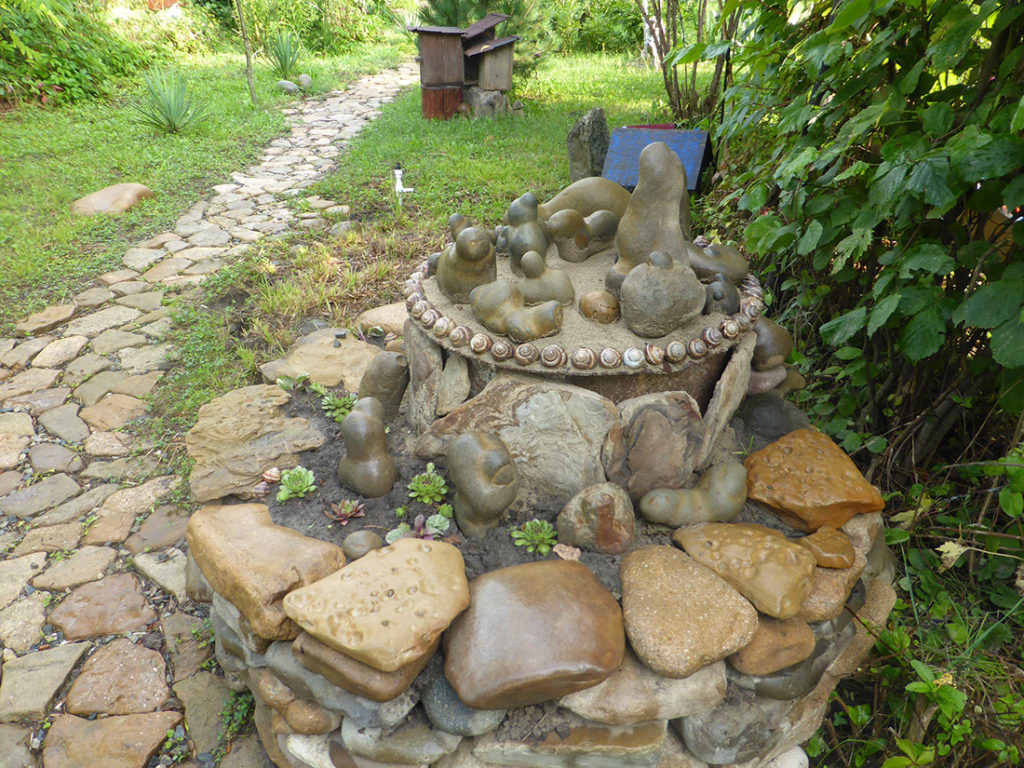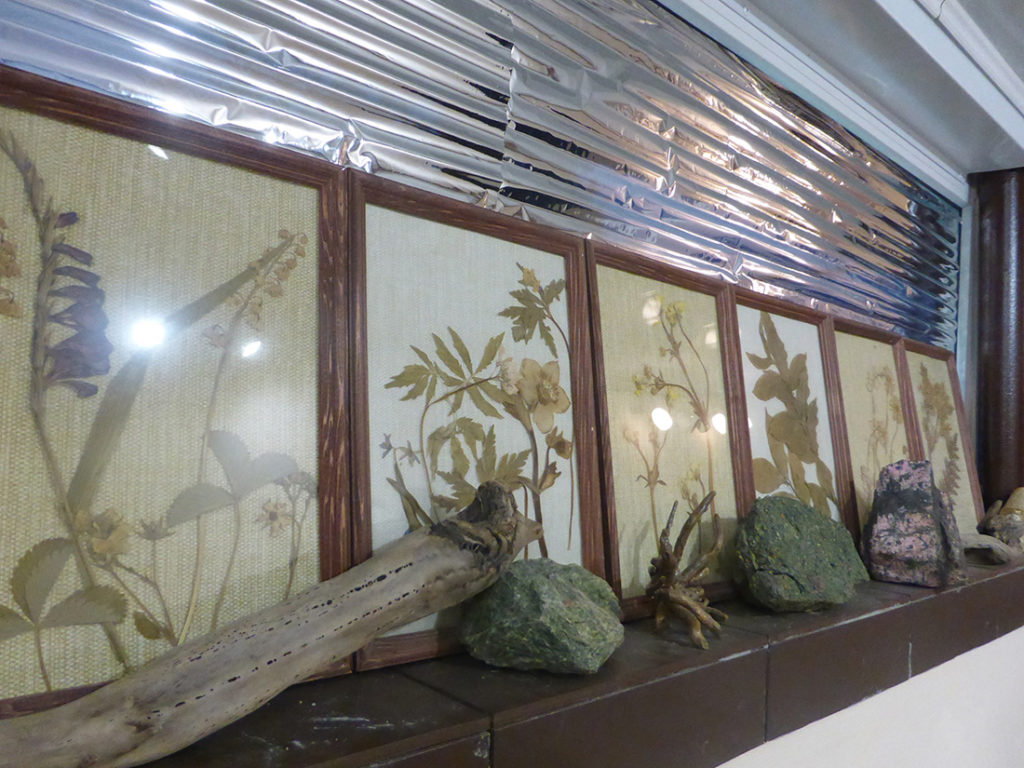Geometry of the Living National Museum
Adygea
Contact information
Republic of Adygea, Tulsky village, Koltsevaya ul., building 1
Tel.: +7 (960) 499-01-17
E-mail: smetaninv@rambler.ru
Operating hours
Mon – Fri: from 18:00 to 22:00
Sat – Sun: from 10:00 to 22:00
Ticket price
Free
Museum founder (owner/director)
Vladimir Yurievich Smetanin
Founded
2019
The museum grew out of my love of nature and a passion for collecting fossils, minerals, herbariums, photographs, music, and mathematics. I always brought something back from each trip with children – members of a tourist or computer club and my wife’s students. My wife, Irina Petrovna Smetanina, is a mathematics teacher. It went on like this for over 15 years. Then the students themselves brought back what they found.
We collected stones from the peaks of Adygea and the Tien Shan, Elbrus, Vilyuchinsky volcano and even the Himalayas. Then neighbors and friends joined us. Teachers from Tula’s School No.16 presented many plants.
As part of the All-Russian youth project contest called “Realize your Dream”, Irina Smetanina, together with school students, measured the spirals of cones, and planted more than 200 plants.
Since last year, strangers have found us on the Internet (through our website) and have sent us parcels. We also asked for some things through the Internet for the museum. For example, Moscow photographer Rostislav Mashin demonstrated a Geometry of the Living photo exhibition and he sent some of his photographs of magnificent snowflakes from Lake Baikal for free. An astronomer and candidate of medical sciences N.N. Yakimova from Moscow sent her collages and books on the unity of nature.
O.I. Volkodav and A.I.Volkodav, the son and wife of a well-known geogeologist in Adygea, Professor I.G. Volkodav, gave us part of his collection of minerals and fossils. We also have pictures from our local artists – L.I. Mordovina and N.K. Kostarnova.
We made collages, banners, thematic stands, and created the website геометрия-живого.рф.
We have always had the desire to combine seemingly different parts of nature. Our museum is unusual in that our collections are not divided but joined together to search for common laws of nature, music, and mathematical combinations and proportions.
The museum itself is divided into two equivalent parts: the premises under the house, four rooms and 1,500 square meters on the household’s territory. 400 meters of paths were laid, of which 350 meters were covered with stone. The circles, which also play their informational role, are visible even from space. More than 300 species of plants have been planted, some of them endemic to the Western Caucasus.
The following collections are presented:
– marine mollusk shells (textile cones, chippings, nautiluses, scallops, voluta, starfish, hiragra lambis, pelican legs, etc.);
– botanical (there are 200 species of ornamental plants from Adygea and the Krasnodar Territory and Moscow Region on the territory; 50 herbariums of plants, cacti, cones, nuts and fruits, wet preparations of seeds and shoots of plants having geometric (Euclidean and fractal) shapes);
– mineralogical (exhibits from Adygea and the Krasnodar Territory. Samples are selected so as to characterize the diversity of minerals by their physical properties. The collection of crystals consists of 20 exhibits of well-formed forms. All of them have a natural cut);
– paleontological (represented by ammonites and nautiluses from the Jurassic period from Adygea and the Krasnodar Territory; carbonaceous corals from Adygea and Moscow Region; Jurassic belemnites from the Moscow region; bivalve mollusks; Carboniferous sea urchins from Adygea; Adygea papillae; sea lilies; Palemyan erymely polymids from the Pale Adamian periodae horsetail (Yekaterinburg); petrified wood; one mammoth tooth (Lysaya mountain, Tuapse); plant prints, dragonflies, and a cone.
